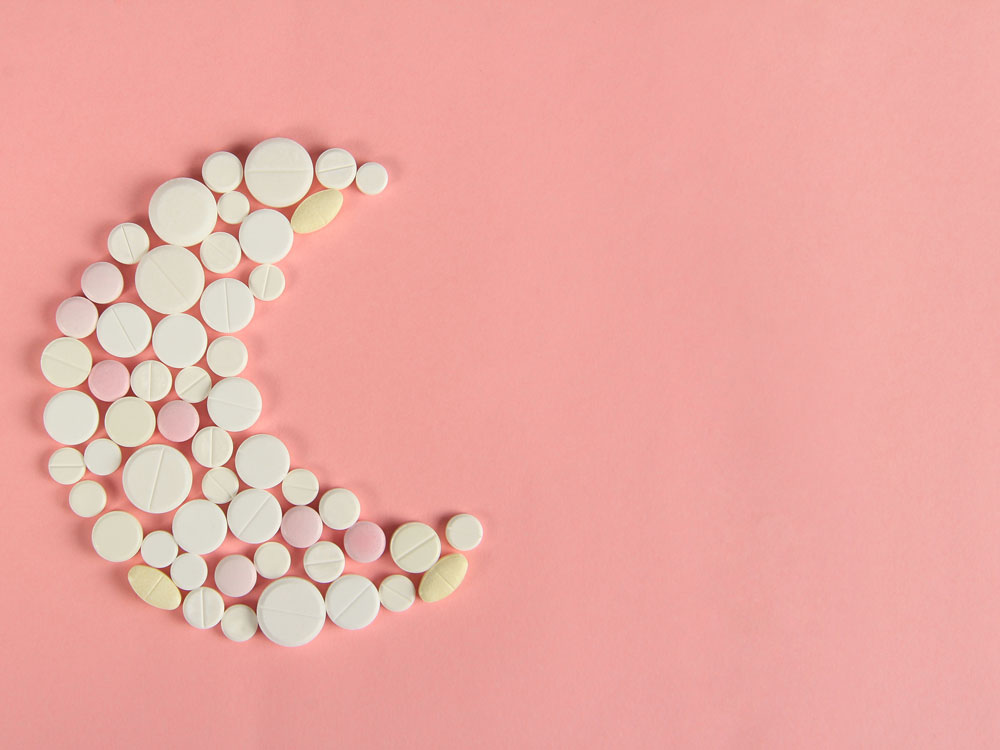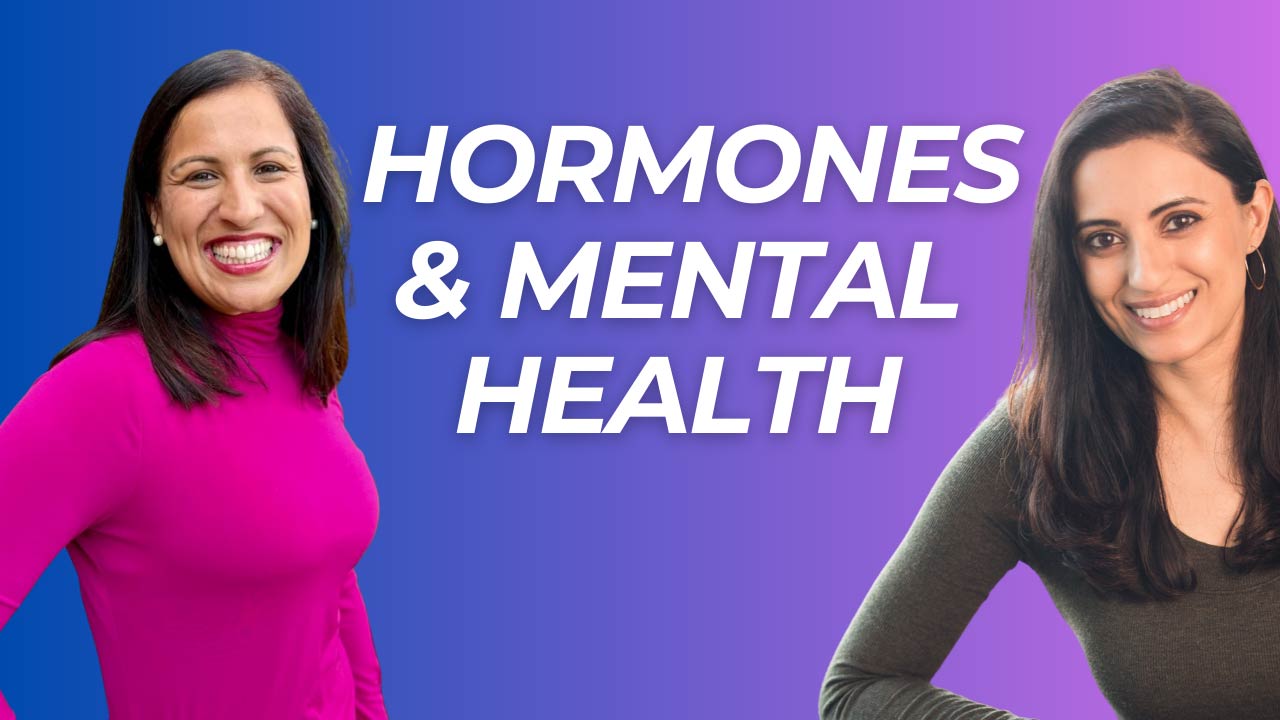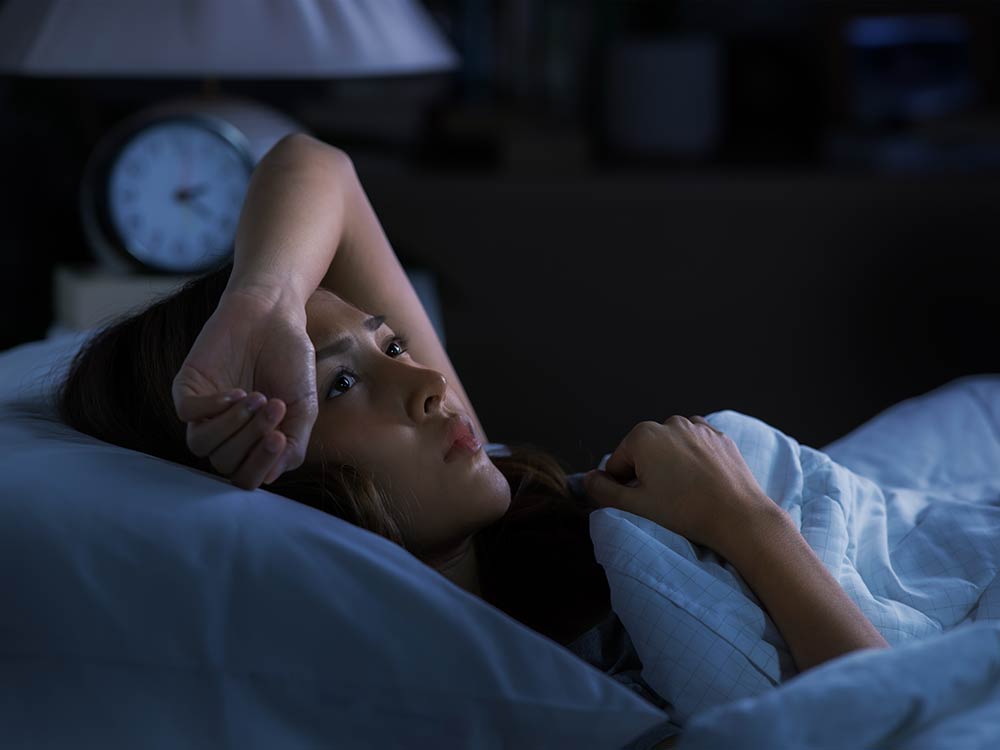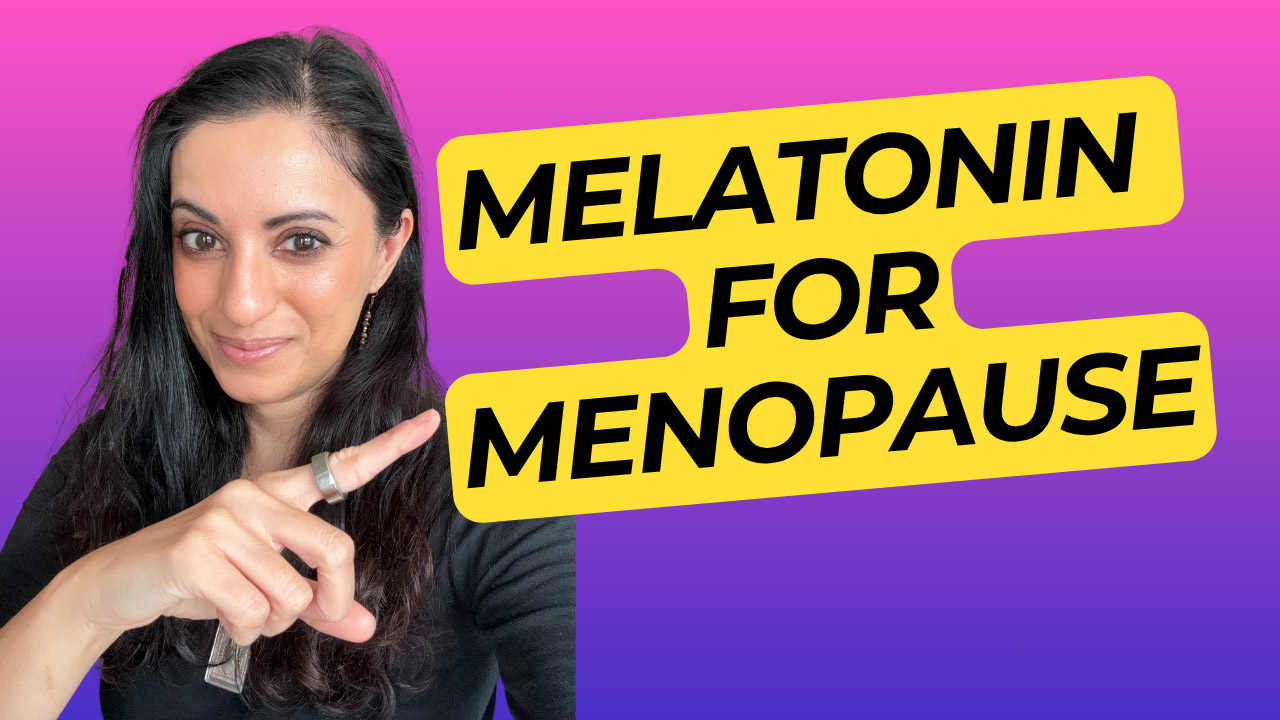One of the most common concerns I hear from my patients is that they can’t shut off their mind at night.
They climb into bed and suddenly the mental floodgates open: to-do lists, work problems, holiday logistics, the awkward comment from 2003, existential dread…all of it shows up like clockwork.
These are often the patients asking for a sedative or an anxiolytic to quiet the noise.
While medication can be appropriate in select cases, it rarely solves the underlying issue.
You might suggest relaxation techniques or meditation, but for those with chronic insomnia, those tools often backfire because they increase “sleep effort”, amplifying frustration.
Plus, the mind is doing exactly what it’s designed to do: think. Expecting patients to “turn it off” sets them up for more pressure and disappointment.
So here’s a more effective entry point:
Shift the focus to pre-sleep cognitions. (1)
Pre-sleep cognitions are the mental activities that occur in the window before sleep onset, like rumination, planning, worry, mental rehearsal, intrusive thoughts, and problem-solving.
In chronic insomnia, these thoughts tend to be more intense, more negative, and more sticky than in what I call “effortless sleepers.”
Research consistently shows this cognitive arousal is associated with:
- Longer sleep latency
- Decreased sleep efficiency
- Worse subjective sleep quality
So how can you help patients meaningfully shift their pre-sleep cognition patterns?
Use a tool that’s free, simple, low-risk, and clinically supported: Gratitude.
It’s a timely topic with Thanksgiving in the US this week, but is relevant year-round
Gratitude practices have been shown to:
- Reduce pre-sleep worry and rumination
- Lower cognitive arousal at bedtime
- Improve subjective sleep quality
- Support emotional regulation and mood
It’s underused, especially in insomnia care, yet quite easy for patients to do.
Here’s how I coach my patients to start practicing gratitude:
What to do
Choose one specific thing you’re grateful for each day. Keep it concrete, like “I’m grateful for the warm coffee I had this morning.”
How to do it:
Say it out loud, write it in a journal, or drop it on a post-it note into a “gratitude jar.”
When to do it:
Begin in the evening. With daily practice, it starts to happen spontaneously throughout the day.
Why it matters:
It builds “emotional fitness,” improves pre-sleep cognitions, and improves sleep quality over time.
As clinicians, it’s important that we practice what we preach. Gratitude takes only a few seconds but compounds quickly.
With that said, I’m grateful you’re here and letting me be part of your sleep education journey.
Did you learn something today? Click here to find out how Learner+ can help you meet your evolving educational goals.
References:
(1) Lemyre A, Belzile F, Landry M, Bastien CH, Beaudoin LP. Pre-sleep cognitive activity in adults: A systematic review. Sleep Med Rev. 2020 Apr;50:101253. doi: 10.1016/j.smrv.2019.101253. Epub 2019 Dec 17. PMID: 31918338.











Recent Comments